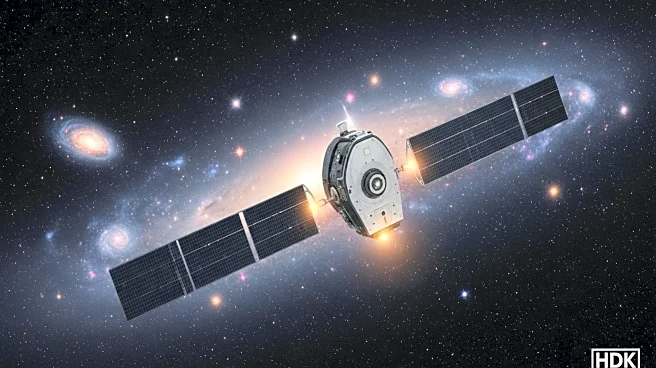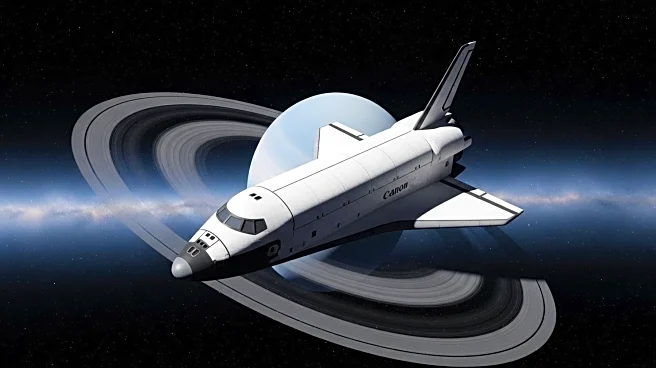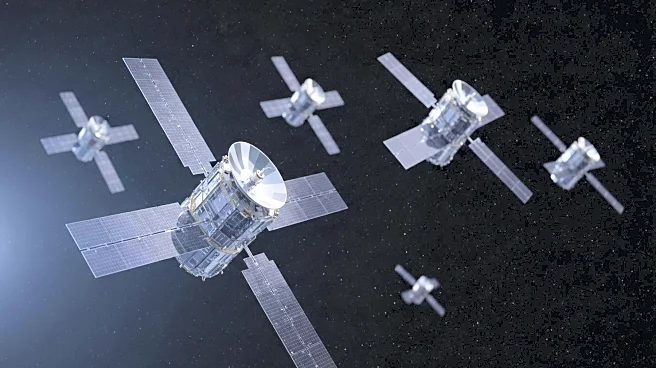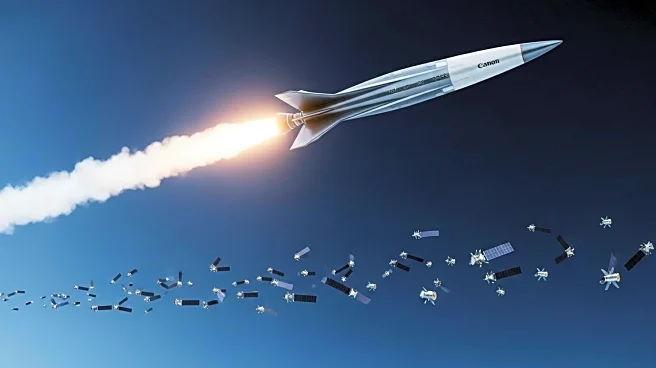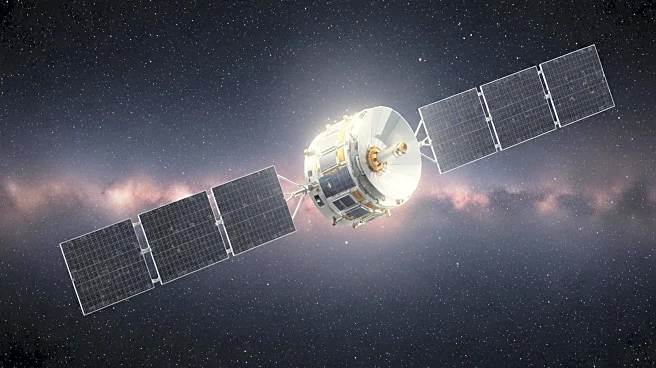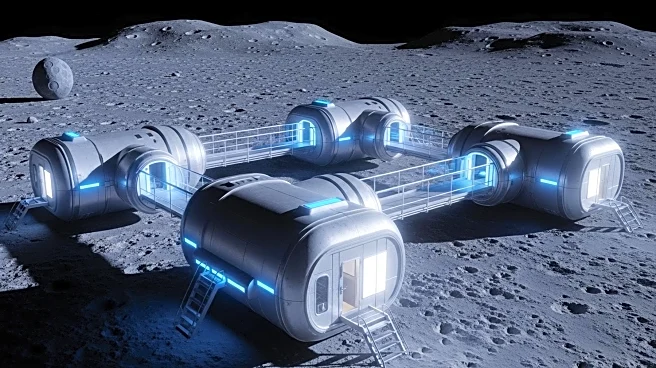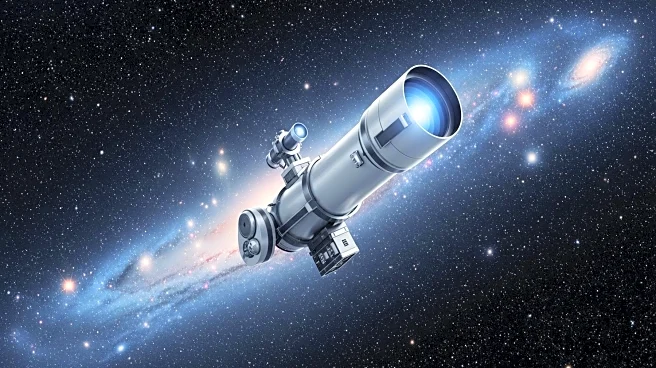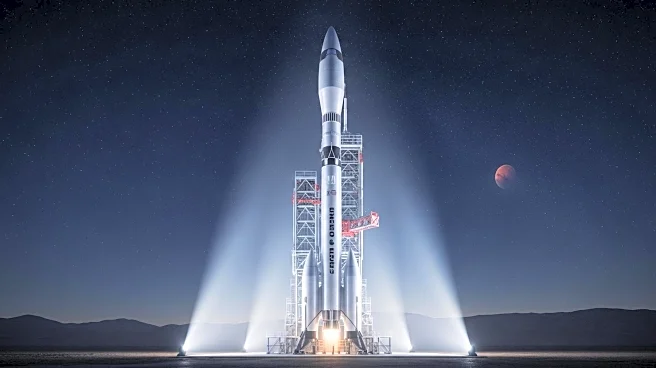What's Happening?
The China National Space Agency (CNSA) has initiated communication with NASA regarding potential on-orbit collisions, marking a significant step in space traffic coordination between the two nations. This development was highlighted by Alvin Drew, NASA's Space Sustainability director, during a panel at the International Astronautical Congress. Historically, communication between CNSA and NASA has been limited, partly due to the Wolf Amendment, which restricts NASA from collaborating with China without congressional approval. The recent communication signifies the first instance of two-way interaction between these public space operators. Additionally, Chinese and Western commercial satellite operators, such as OneWeb and SpaceX, have begun sharing information about spacecraft maneuvers, indicating a coordinated effort from China to engage in space traffic management.
Why It's Important?
The initiation of communication between China and the U.S. in space traffic management is crucial as both countries are major players in the rapidly expanding field of satellite constellations. With plans for massive satellite networks like China's Guowang and Qianfan constellations, and SpaceX's Starlink, the risk of collisions in low-Earth orbit increases. Effective coordination is essential to prevent potential accidents that could disrupt global communications and other satellite-dependent services. This collaboration could pave the way for more comprehensive international agreements on space traffic management, benefiting the global space industry by enhancing safety and sustainability.
What's Next?
The next steps involve establishing a formal framework for ongoing communication and coordination between China and the U.S., as well as other international space agencies and commercial operators. Organizations like the International Astronautical Federation and the International Academy of Astronautics may play a role in facilitating these discussions. The growing number of satellites necessitates real-time information sharing, and the development of protocols for such exchanges will be critical. The success of these initial steps could lead to broader international cooperation in space traffic management, setting a precedent for future collaborations.

